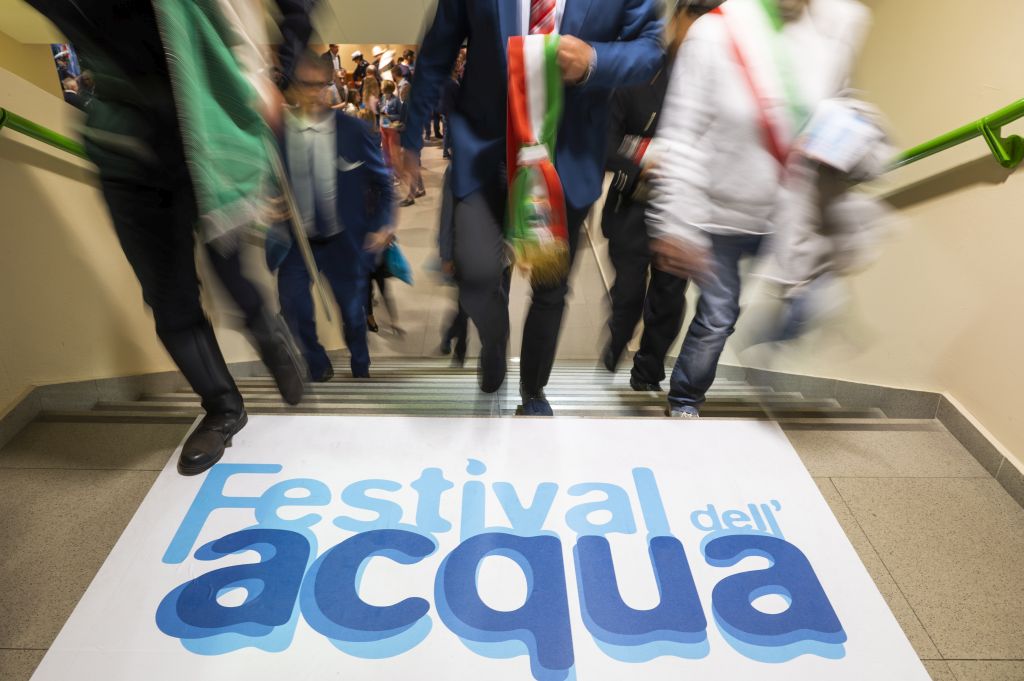FLORENCE (ITALPRESS) – In the last hydrological year (May 2023 to May 2024), the water capacity of the main reservoirs in the Southern Apennine district contracted between -17 percent and -45 percent depending on the area. In Sicily, the region hardest hit by the drought this past summer, the volume of water invaded plummeted by 40 percent. The drought that had affected northern Italy in 2022 – with a 24 percent drop in rainfall, nationwide, compared to the 1991-2020 average and water availability down 50 percent compared to the long-term average of 1951-2022 – in recent months has particularly affected the South, an area where infrastructure is more vulnerable, the average percentage of network losses is higher and management fragmentation is more pronounced. The issue is the focus of Utilitalia’s Water Festival, one of the main national events focused on water service issues, which kicks off today in Florence.From 2012 to 2022, investments in the sector have increased by 227 percent, reaching 4 billion annually and 63 euros per inhabitant, a figure that is expected to rise this year to 70 euros.But the gap with the European average – amounting to 82 euros per inhabitant per year, increasing to 100 euros in the most virtuous countries – remains wide, especially in those territories where no industrial entities operate: in economy-based management, which still involves 1.465 municipalities and 7.6 million citizens (93 percent of which are in the South), they continue to invest an average of just 11 euros a year.Utilitalia estimates that in the face of the new challenges posed by the effects of climate change, investments should grow further from the current 4 billion annually, to fill the total sector needs estimated at about 6 billion euros a year. Today much of this need is covered by the tariff, and the NRP has certainly given a boost over a time window ending in 2026 that can be estimated at about 1.1 billion euros per year: additional resources-about 0.9 billion euros per year-are therefore needed to reach our country’s projected share of the need. “Once the PNRR funds are finished,” explains Filippo Brandolini, president of Utilitalia, “a further effort by the government will be necessary through a structural allocation in the maneuver of at least 1 billion euros a year for the next 10 years, because all the works necessary to make the national water system safe cannot be solely borne by tariffs. We are talking about investments focused on reservoirs, reservoirs, wastewater reuse, interconnections between aqueducts and reducing leakage.” “On the network leakage front, on which we are recovering the legacy of many decades of insufficient investments, planned investments stand at 27 percent, leading the priorities in sector planning compared to all other indicators monitored by Arera. But now, in order to get out of the emergency logic and respond to the challenges posed by climate change, a further change of pace is needed,” he adds.In this framework, Utilitalia has championed a four-point reform proposal for the water sector that aims at reducing fragmentation, introducing management verification parameters, industrial consolidation of the sector and an integrated approach between the different uses of water. “Through these measures,” Brandolini continues, “we are convinced that we can reach ‘target 100,’ arriving at a hundred medium/large-sized industrial managers compared to the current 1,800 or so, and an investment level of 100 euros per inhabitant per year, in line with the best European experiences. Ultimately, “we need to implement an extraordinary plan of interventions aimed at ensuring the protection of the resource and guaranteeing supply even in periods of increasing climatic stress.”
– photo press office Utilitalia -(ITALPRESS).

